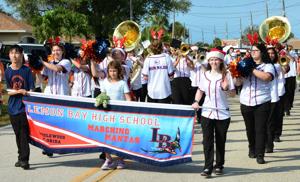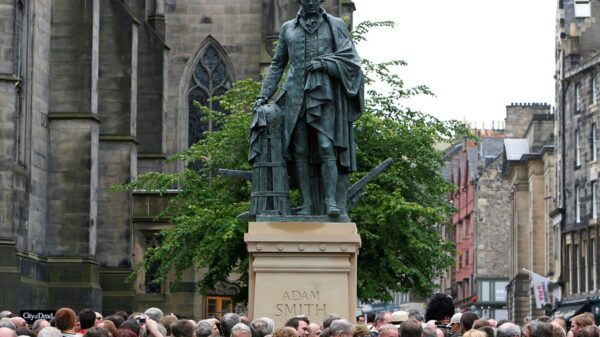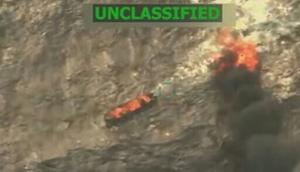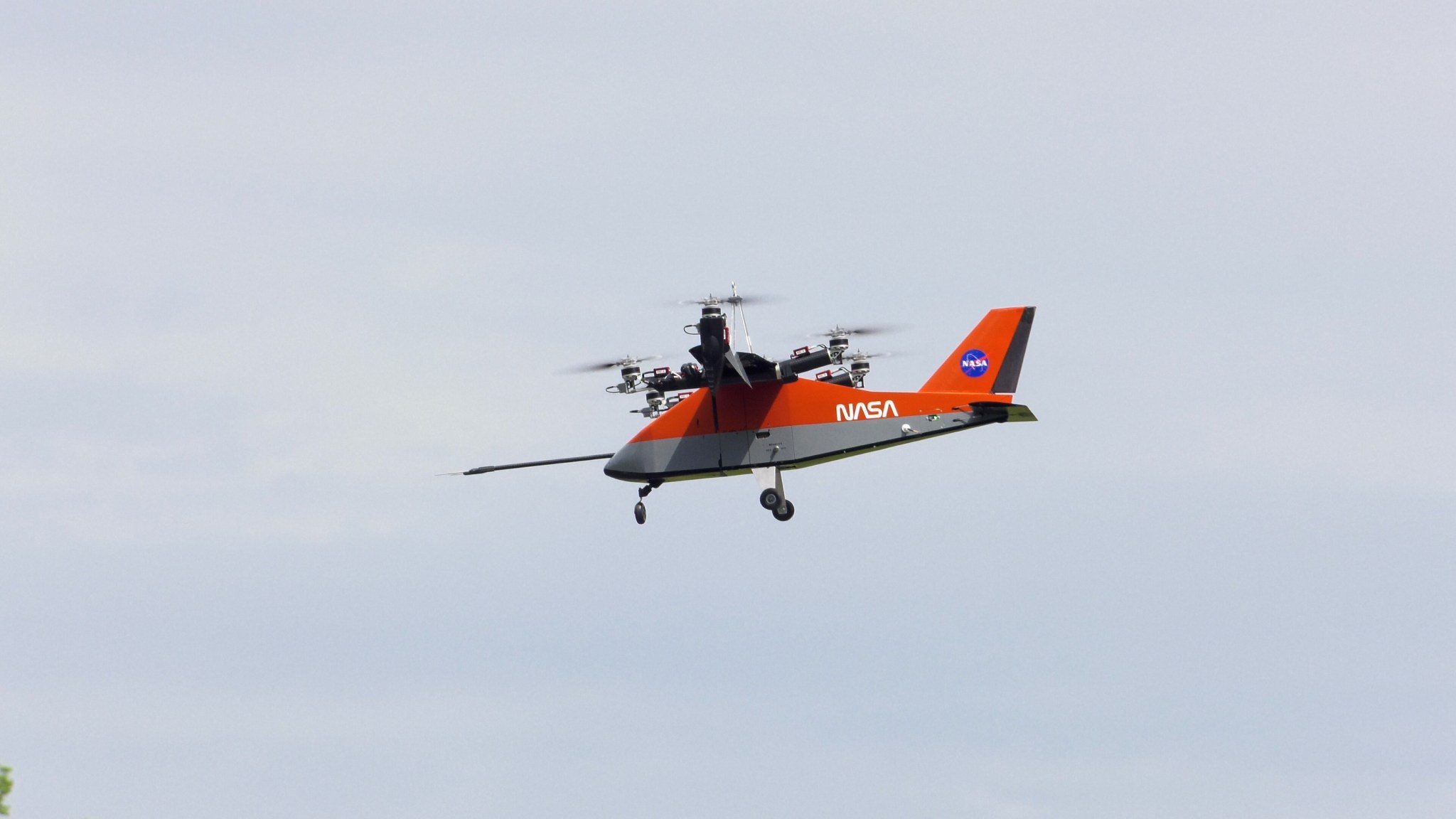NASA has embarked on a pioneering effort to enhance air taxi flight controls through its Research Aircraft for electric Vertical takeoff and landing Enabling techNologies Subscale Wind Tunnel and Flight Test (RAVEN SWFT). On April 22, 2025, the aircraft successfully completed a free flight test at NASA’s Langley Research Center in Hampton, Virginia. This initiative marks a significant step towards making air taxis a practical mode of transportation, potentially reducing travel time in urban environments.
The RAVEN SWFT project focuses on gathering critical data to inform the design and development of eVTOL aircraft. As the air taxi industry evolves, engineers require real-world data to understand flight dynamics and improve flight control systems. These systems are vital for ensuring aircraft stability and safety in diverse conditions. Currently, many companies developing air taxis keep their data proprietary. NASA aims to fill this gap by providing publicly available information generated from its research.
Siena Whiteside, the project lead, emphasized the importance of NASA’s role in conducting high-risk flight research for automated aircraft. Whiteside stated, “As we investigate these types of vehicles, we need to be able to push the aircraft to its limits and understand what happens when an unforeseen event occurs.” For instance, the research includes scenarios such as a motor failure, and NASA is committed to sharing its findings for the benefit of the entire industry.
Innovative Testing Approach
NASA’s testing involves a scaled-down version of a full-sized aircraft, weighing 38 pounds with a wingspan of six feet. This small aircraft comprises 24 independently moving components known as “control effectors.” These components enable precise adjustments during flight, making the RAVEN SWFT an ideal platform for testing advanced flight controls and autonomous flight research.
The testing process began in 2024 with the use of the 12-Foot Low-Speed Tunnel at Langley, which allowed researchers to simulate flight conditions. This preliminary phase helped inform the team’s understanding of the aircraft’s behavior, reducing risks during actual flight tests. Currently, the team conducts free flights after completing tethered tests, piloting the aircraft remotely from the ground. The ability to refine the aircraft’s computer control code in real-time has streamlined the testing process, allowing for software updates in under five minutes.
Collaborative Efforts and Future Prospects
NASA developed the custom flight control software for the RAVEN SWFT in partnership with MathWorks under a Space Act Agreement. This collaboration aims to accelerate the design and testing of flight control systems applicable to future aircraft. The successful outcomes of this project are expected to significantly reduce the time it takes for an aircraft to transition from design to its first flight.
The RAVEN SWFT project serves as a precursor to a larger 1,000-pound-class RAVEN aircraft that will further resemble an air taxi. This larger model, developed in collaboration with the Georgia Institute of Technology, will also focus on acoustical research, providing insights into the noise produced by air taxi-like aircraft.
Through its commitment to open data and research, NASA aims to solidify U.S. leadership in advanced air mobility technology, ensuring that future air transportation systems are safe, quiet, and affordable. As air taxi technology continues to evolve, NASA’s research is poised to play a pivotal role in shaping the future of urban air travel.




































































